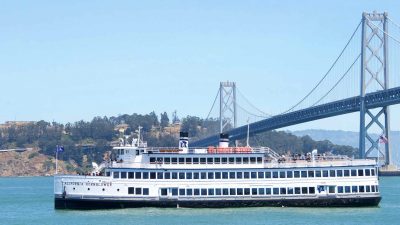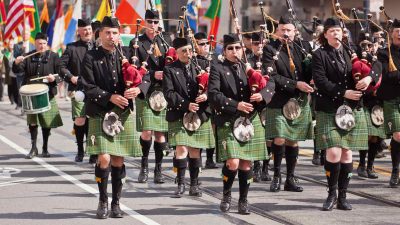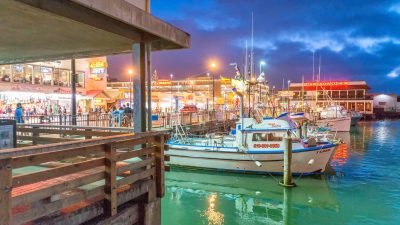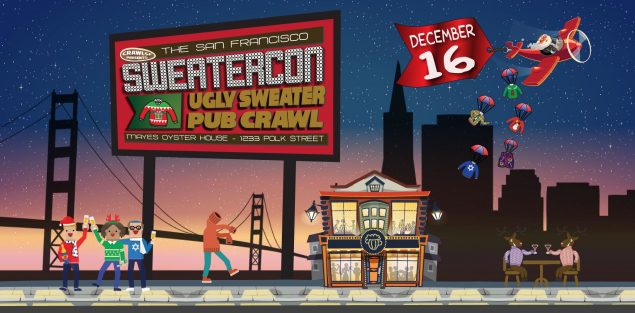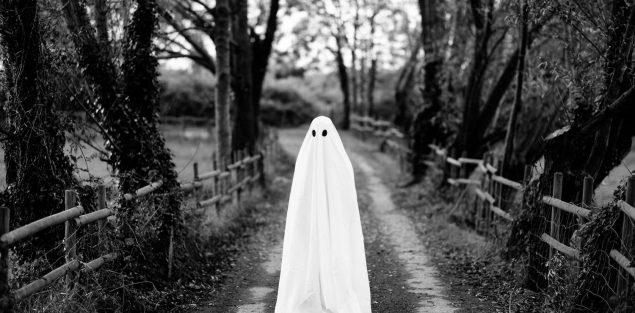A Short History of Corona Beer
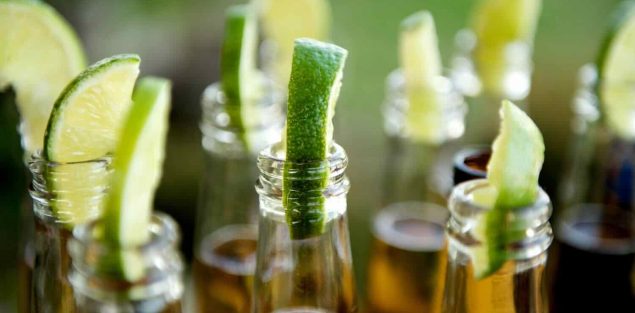
Cinco de Mayo in San Francisco is a whirlwind of tacos, pub crawls & beers, with Corona often stealing the spotlight. Its clear bottle, crowned with a lime wedge, is practically a holiday mascot, sipped at Mission District taquerias and parties all over the city. Created in Mexico’s capital, Corona has grown from a local brew to a global icon. For me, Corona is a beer that makes me think of beaches, warm weather and being on vacation. Just like that craving for Guinness that you get during St. Patrick’s Day, Corona Beer is perfectly matched with Cinco de Mayo.

The Start of Corona
Corona was created in 1925 at Cervecería Modelo in Mexico City, brewed by Grupo Modelo to mark their 10th anniversary. German immigrant brewmaster Adolph H. Schmedtje crafted this pale lager with a common blending barley malt, corn, hops & yeast for a crisp, light taste, perfect for Mexico’s warm days. Named for the sun’s glowing halo (not a crown, despite the logo), Corona hit shelves in clear glass bottles, a bold move to show off its golden hue. By 1935, it was Mexico’s top beer, thanks to clever marketing that pitched it as a cut above pulque, a traditional agave drink. Those early ads, painting Corona as “la cerveza más fina” (the finest beer), set the stage for its classy vibe.
The U.S. got its first taste in 1979, and by 1981, Corona was rolling out nationwide, especially in sunny spots like Southern California and Texas. American tourists who tried the beer on Mexican beach vacations, spread the word, and when NAFTA eased trade in 1994, Corona’s exports soared. Today, it’s owned by Constellation Brands in the U.S. and AB InBev elsewhere.

Corona Around the World
Corona is the top selling imported beer in the U.S. and ranks among the world’s best-selling brews. It is available in over 180 countries. In 2019, it moved 4.6 million barrels in the U.S. alone, which outpaced rivals like Heineken. From Canada to Japan, Corona’s refreshing sip (4.6% ABV for Extra, 4.0% for Light) makes it popular for summer vibes. Its “Find Your Beach” campaign, launched in the 2010s, cemented its image as the ultimate chill out drink. In the U.K. and Australia, smaller 210ml bottles called “Coronita” are sold.
Even a 2020 PR hiccup, when a false rumor tied Corona’s name to the COVID-19 virus, couldn’t hurt the popularity of Corona. Sales actually climbed 5% in the U.S. during the pandemic, proving fans’ loyalty. Posts on X have speculated that Corona’s early days in Mexico relied on the lime to mask a so-so taste, but its global appeal today speaks to a recipe that just tastes good.
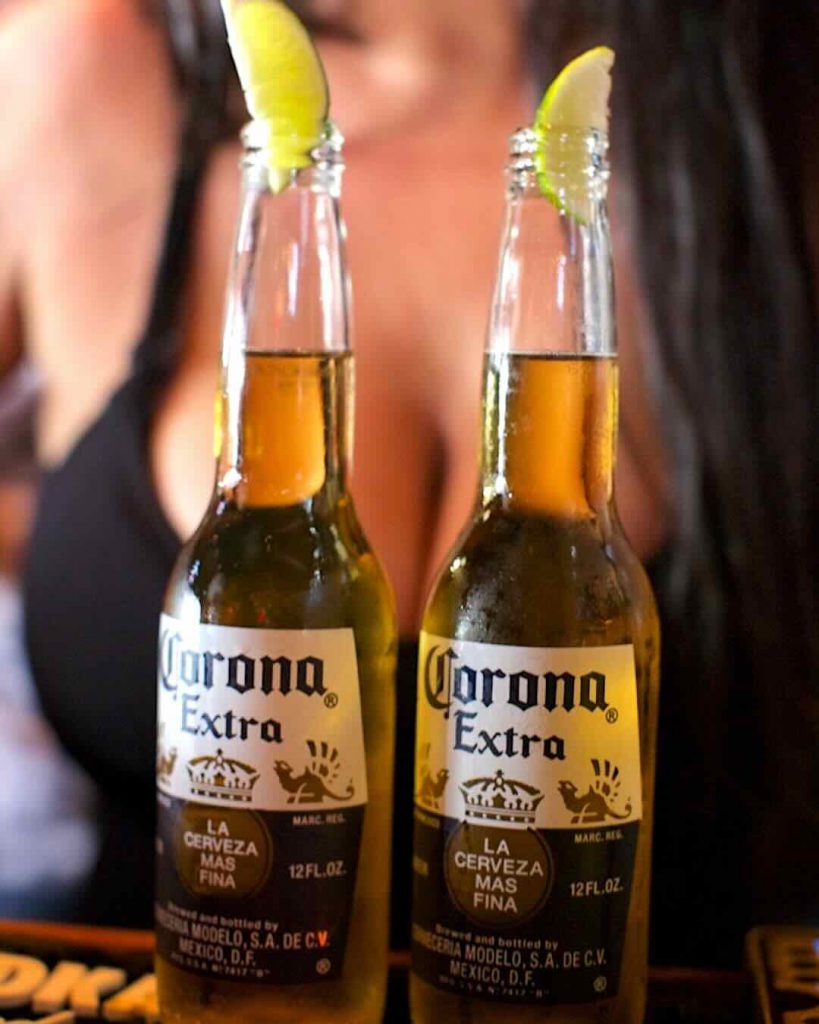
What is the deal with the lime?
No Corona is complete without that iconic lime wedge, shoved into the bottle’s neck for a citrusy kick. But why? The story’s a bit hazy. Some say it started in Mexico to keep flies out of open bottles. Others claim a crafty bartender in the 1980s bet he could make it a trend, and it stuck. Another theory was that clear bottles let UV light “skunk” the beer, and lime masks the off-flavor.
I was told (back in the day) that since the water in Mexico, which was also used in making Corona, contained potential bacteria and contamination (the reason why you aren’t supposed to drink tap water in Mexico) and the citric acid in the lime killed the contaminants. Whatever the truth, Corona embraced it, making the lime a branding cornerstone.
In Mexico, locals often skip the lime, sipping Corona straight. But globally, the wedge is a popular addition. The company even considered launching Corona-branded limes in at one point.
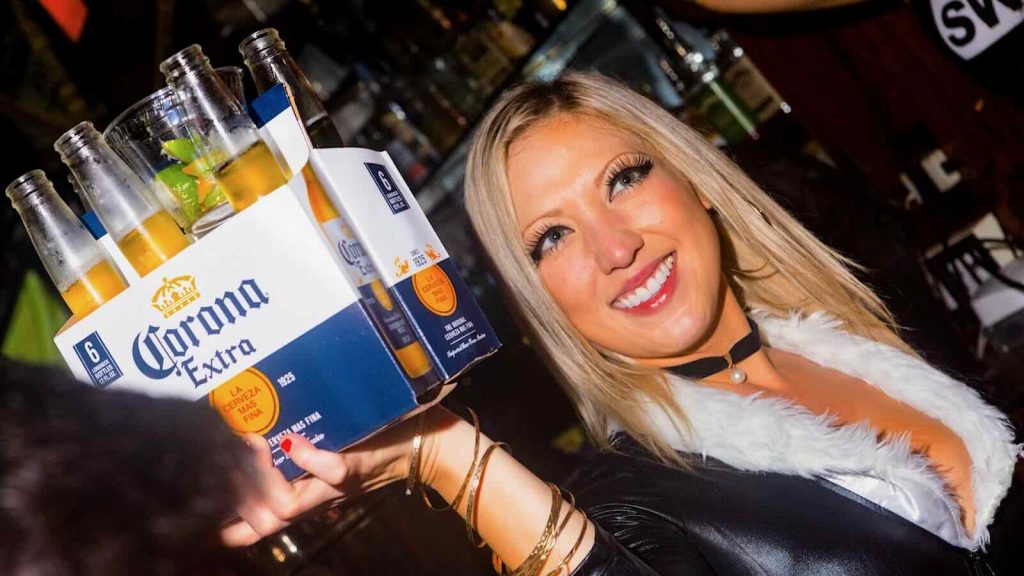
Corona in Pop Culture
Corona’s beachy aura has made it a pop culture darling. In the Fast and Furious franchise, Vin Diesel’s Dom Toretto is rarely without one, famously telling Paul Walker’s Brian in the first film, “You can have any brew you want, as long as it’s a Corona.” It’s a nod to loyalty and laid-back cool, popping up through seven movies. Corona’s ads lean into this, with beachy visuals and taglines like “Miles Away From Ordinary” (2000–2007) and the festive “O Tannenpalm,” a Christmas palm tree ad running since 1990.
On TV, Corona’s clear bottle shows up in bar scenes, from The O.C.’s beach parties to Breaking Bad’s tense cantina moments. Social media loves it too. TikTok videos of lime-flipping tricks rack up views, and Instagram posts from Cinco de Mayo show Corona bottles gleaming at every table.
From sipping a cold Corona on vacation to throwing back a few at the Cinco de Mayo Pub Crawl, it’s a beer that seems perfect for any occasion.
Fun Corona Facts
- Clear Bottle Pioneer: Corona was among the first beers with a printed label on glass in 1940, keeping it sleek even in coolers.
- Griffin Guardians: The label’s griffins—half-lion, half-eagle—symbolize protection, flanking the sun and crown logo inspired by Puerto Vallarta’s cathedral.
- Michelada Magic: Corona’s a star in micheladas, a spicy beer cocktail with clamato, lime, and hot sauce, like a boozy Bloody Mary.
- Coronita Quirks: In Spain, it was called Coronita until 2016 due to a trademark clash with a winery, now it’s just Corona everywhere.
- Beach King: Corona’s marketing genius tied it to sand and sun, making it the default for barbecues and vacations worldwide.





